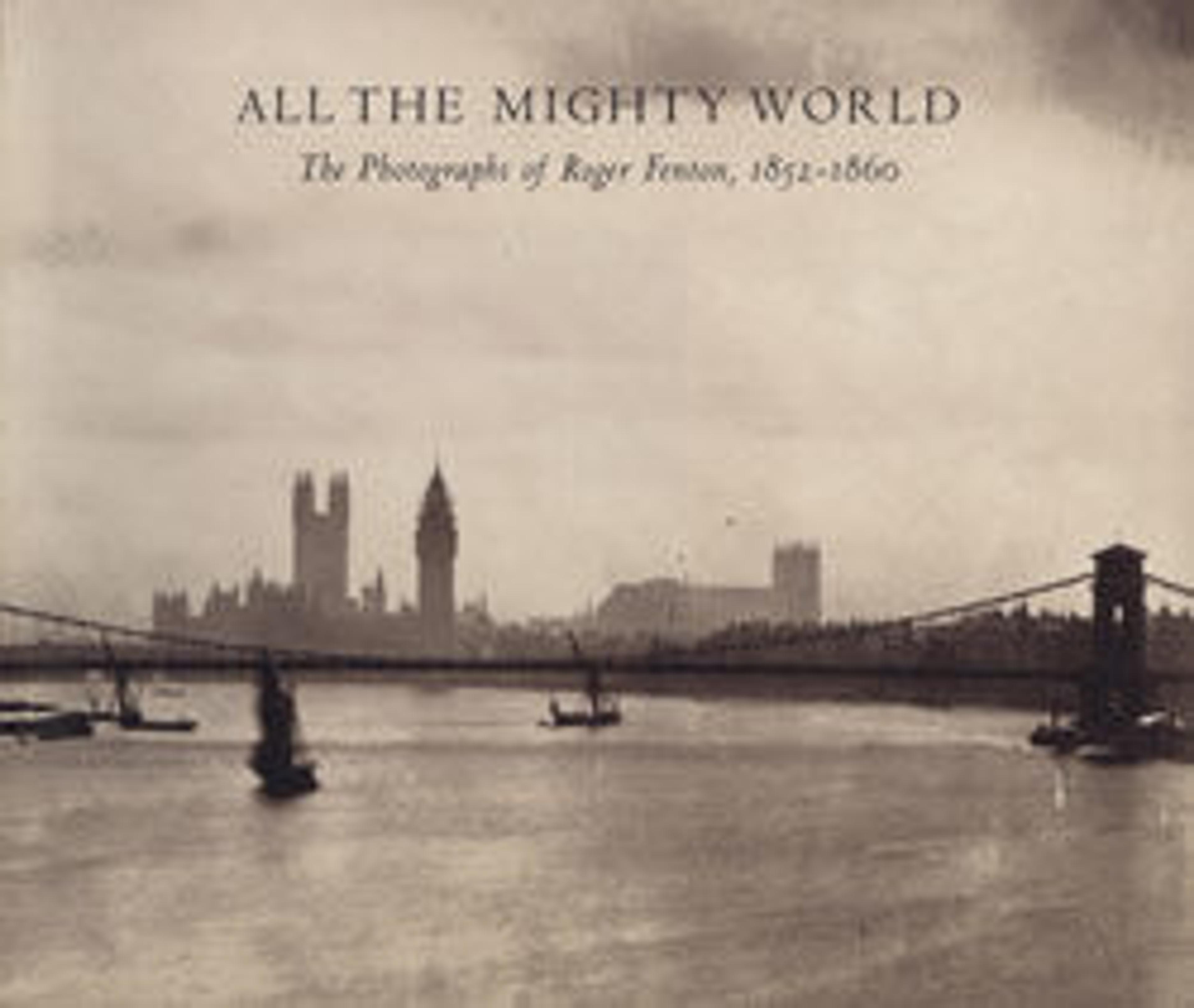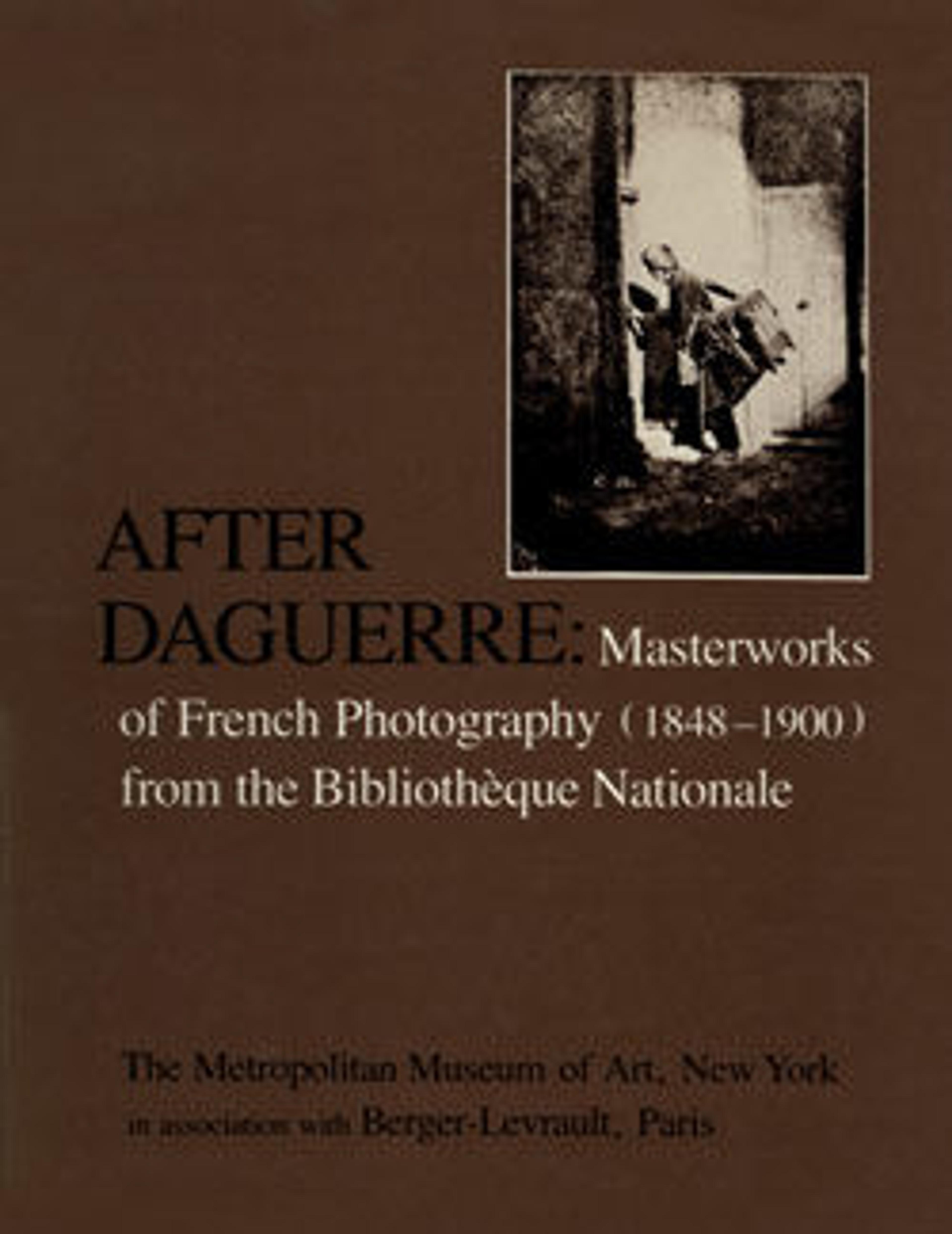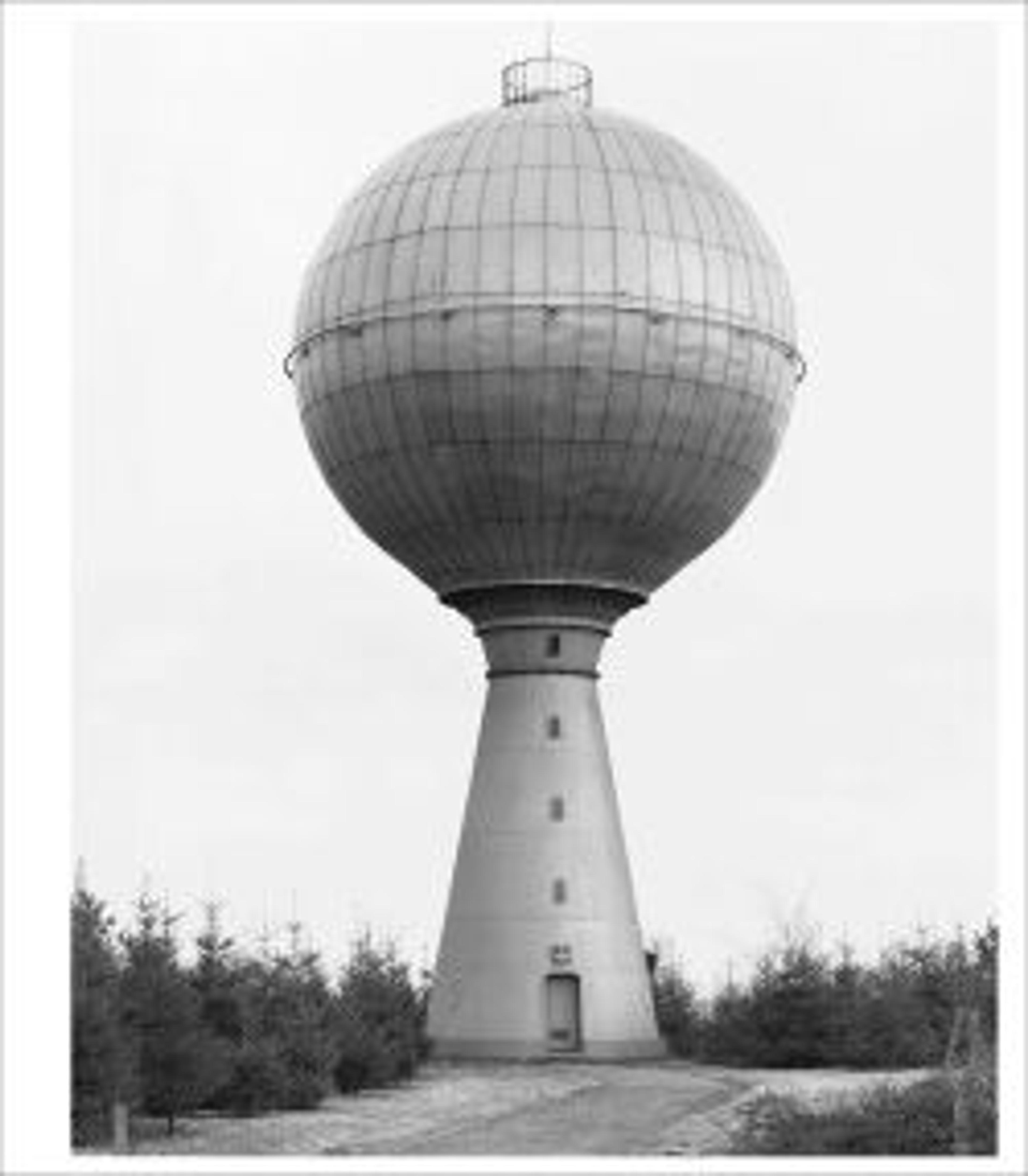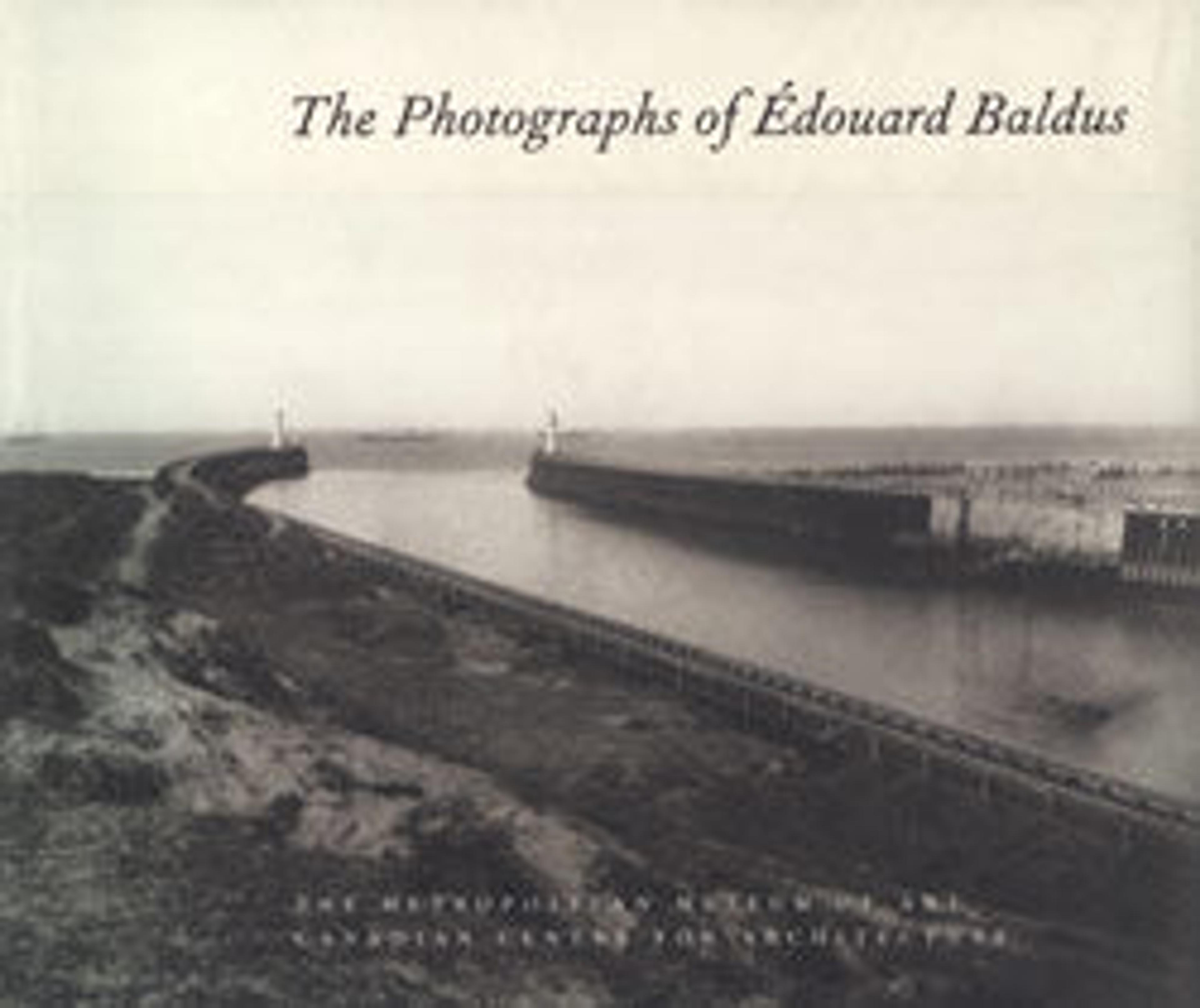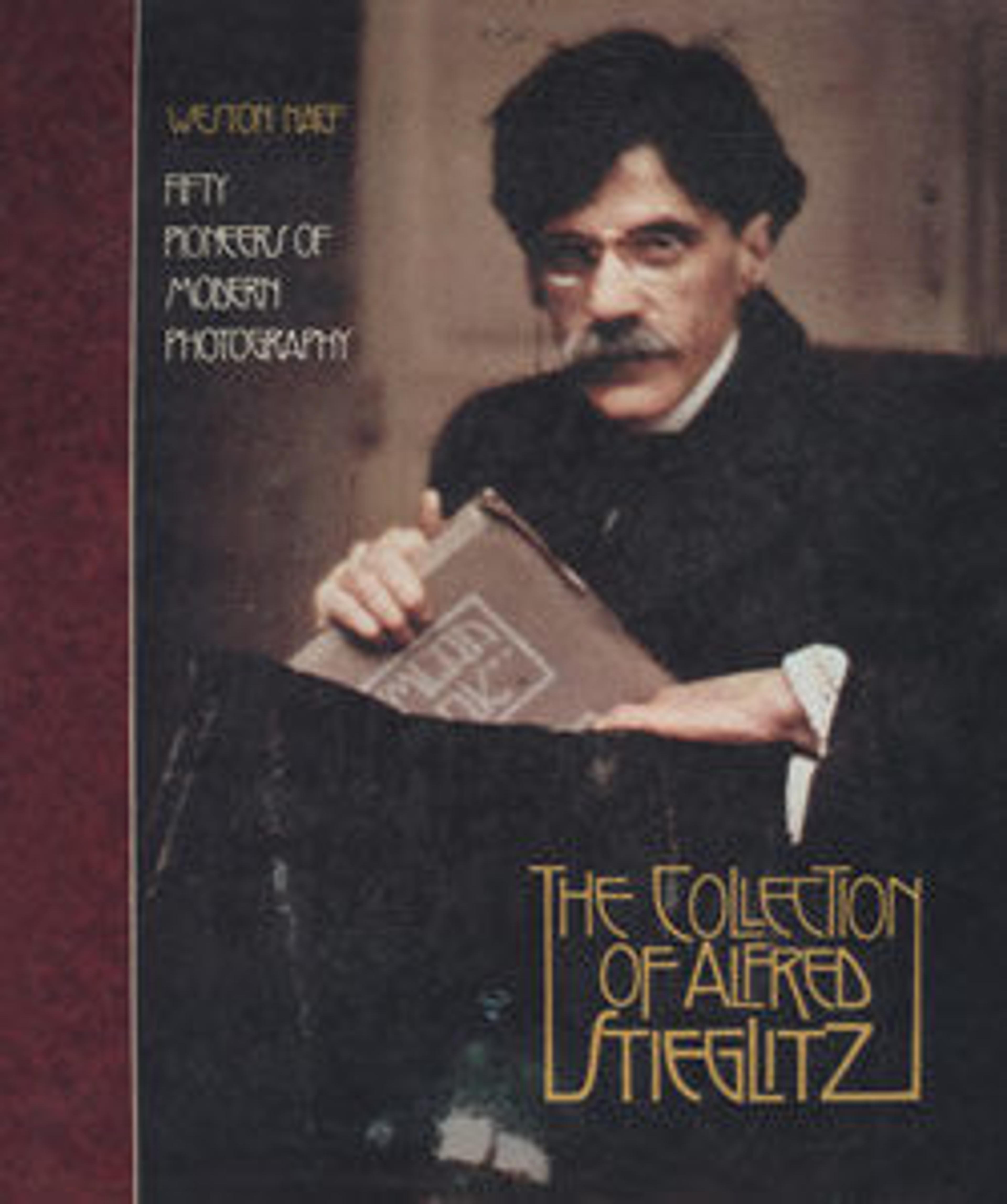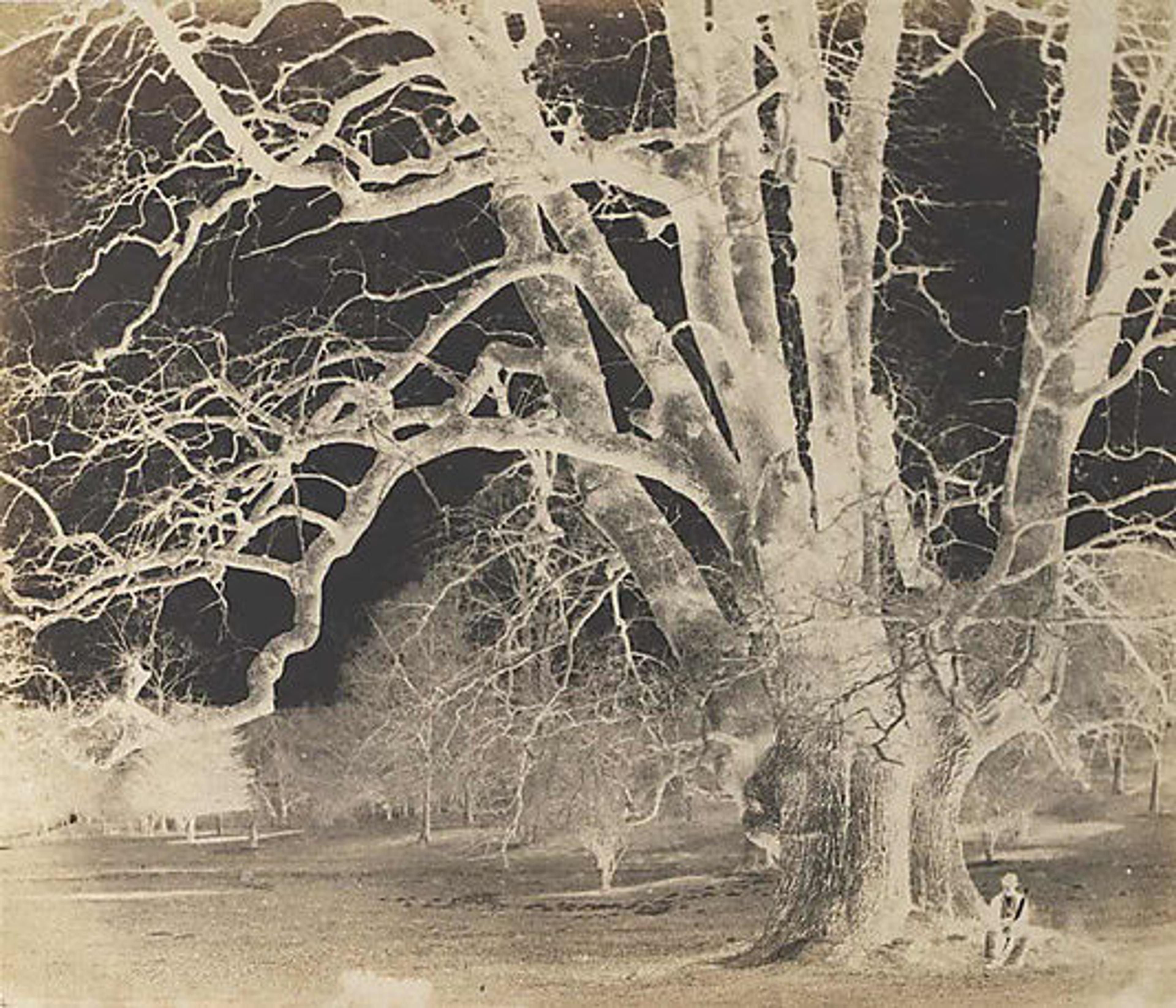
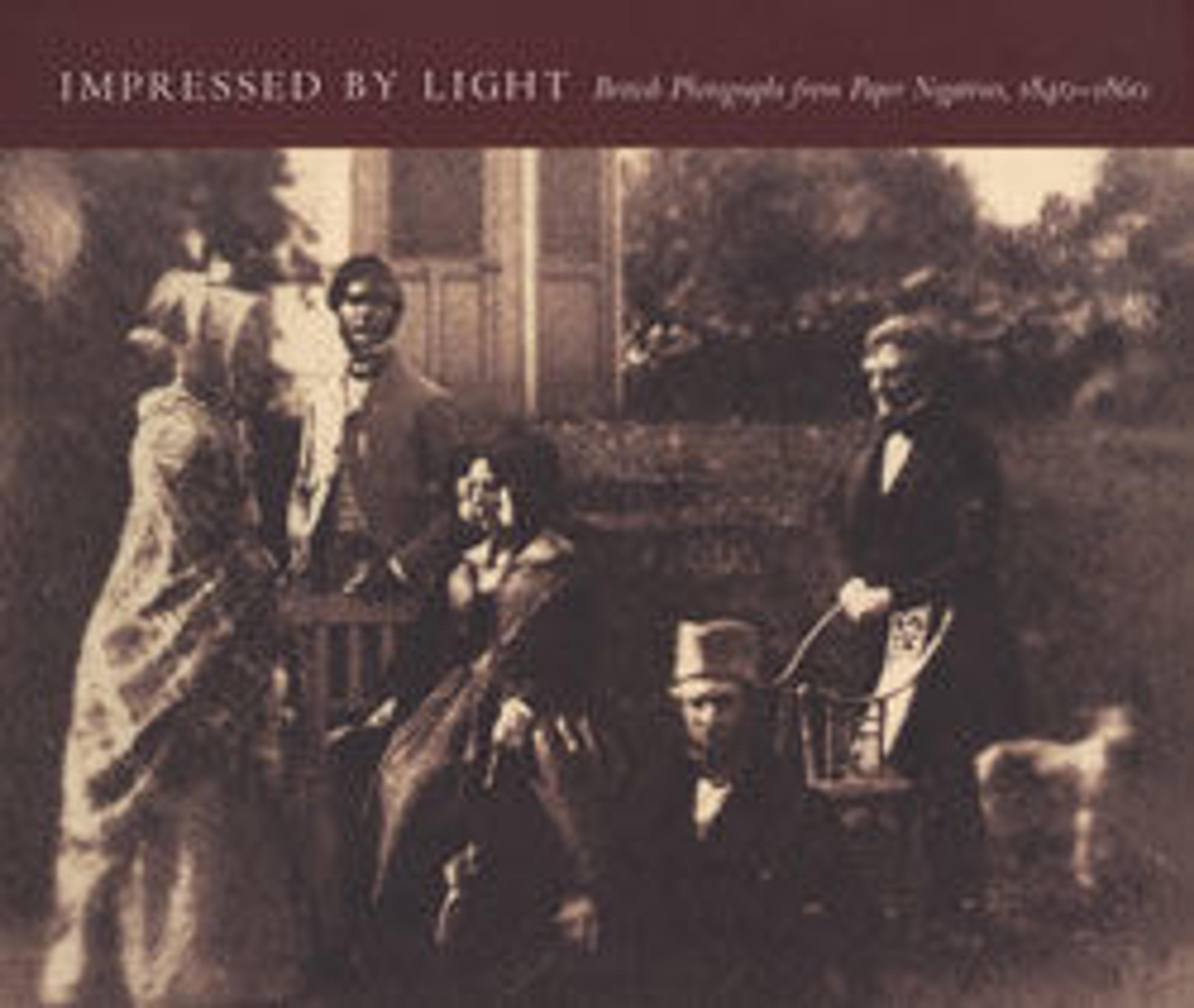
Impressed by Light: British Photographs from Paper Negatives, 1840–1860
Photography emerged in 1839 in two forms simultaneously. In France, Louis Daguerre produced photographs on silvered sheets of copper, while in Britain, William Henry Fox Talbot put forward a method of capturing an image on ordinary writing paper treated with chemicals. Talbot's invention, a paper negative from which any number of positive prints could be made (unlike the one-of-a-kind daguerreotype), became the progenitor of virtually all photography carried out before the digital age.
Talbot named his perfect invention "calotype," a term based on the Greek word for beauty. Calotypes were characterized by a capacity for subtle tonal distinctions, massing of light and shadow, and softness of detail. A sensitive eye and deft handling of the entire process, which included a mastery of the chemistry and optics, could produce a photograph of high artistry. In the 1840s, amateur photographers in Britain, most of them cultivated gentleman (and gentlewomen), responded with enthusiasm to the challenges posed by the new medium. Their subjects were wide-ranging: landscapes and nature studies, architecture both distinguished and humble, portraits, curiosities.
Glass-negative photography, which appeared in 1851, was based on the same principle as the paper negative but yielded a sharper picture, and quickly gained enormous popularity—riding a tide of consumerism that was sweeping a newly expansive Britain. It has been little recognized, however, until the publication of this landmark study by the distinguished scholar of Victorian photography Roger Taylor, that paper negative photography reached its full flowering during the 1850s. Its aesthetic qualities were prized. Gentlemen of leisure and learning wished to set themselves apart from commercial photographers by their choice of process. And there were practical matters: for travelers making the Grand Tour, paper was much easier to carry and process than glass, while in British India, the chemistry of the paper negative best withstood heat and moisture.
This important, fascinating, and richly illustrated book tells the first full history of the calotype, embedding it in the social context that crucially formed it: Britain's changing fortunes, intricate class structure, ever-growing industrialization, and new spirit under Queen Victoria. Of the 118 beautiful early photographs presented here in meticulously printed plates, many have never before been published or exhibited. And the histories of 500 calotypists, most previously unknown, are detailed in the volume's biographical dictionary, a valuable work of far-reaching scholarship that further demonstrates the major role played by the paper negative in mid-nineteenth-century Britain.
Met Art in Publication
You May Also Like
Press the down key to skip to the last item.
Citation
Taylor, Roger, and Larry J. Schaaf. 2007. Impressed by Light: British Photographs from Paper Negatives, 1840-1860. New York : Washington : New Haven: Metropolitan Museum of Art ; National Gallery of Art ; Yale University Press.
